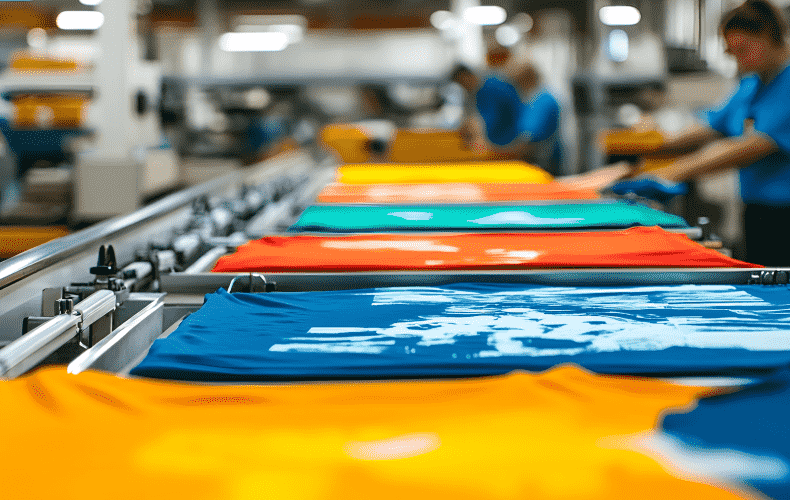
Crypto Investment Entry and Exit Strategies of Institutional Investors
Section: Business
A new study suggests that the interior of Mars harbours massive amounts of liquid water, comparable to amounts found on planet Earth. This finding challenges previous reports suggesting that Mars contained only trivial amounts of the vital liquid.
"It's been puzzling why previous estimates for the planet's interior have been so dry," co-author Dr. Erik Hauri, of the Carnegie Institution of Washington, said in a statement. The results were published in the journal Geology on June 15.
The new findings are in line with previous observations suggesting that liquid water had flowed on the Martian surface long ago. As Dr. Hauri tells The Munich Times (TMT), the new findings have important implications for our understanding of Mars's inner composition.
"The main implication is that part of the Martian interior - the parts that melted to produce the shergottite meteorites that we studied - appears to have as much water as the Earth's upper mantle. This is 10-100X more water than previously suggested, but most of the prior work involved studies of Martian rocks that had lost their water via eruptive degassing."
Researchers studied two Martian meteorites that landed on earth nearly 2.5 million years ago. The meteorites, composed of a type of rock called shergottite, derived from the planet's mantle. This is the layer right under the crust. Most volcanic rocks lose all their internal water content following an eruption. However, here researchers used rocks from apatite crystals, which formed in the magma, before eruption. "The advantage of the mineral apatite is that it contains water in its structure and does not de-gas easily during eruption, so this allows us to estimate how much water was in the magma before eruption - and how much water was in the part of the Martian mantle that gave rise to the shergottite rocks", said Dr. Hauri to TMT.
The analyses of these alien rocks suggest that Mars mantle contains between 70 and 300 parts per million (ppm) of water, compared to the 50-300 ppm of water found on earth's mantle. "The results suggest that water was incorporated during the formation of Mars and that the planet was able to store water in its interior during the planet's differentiation" Dr. Hauri said in a statement.
And the key take-home message here for anyone wishing to measure water content of planetary interiors is that they should take care of when their rocks formed, as "planetary lavas de-gas their volatile elements - like water - during eruption". So rock samples should be carefully screened for their place of origin.
The road ahead
One of the short term goals is to answer the question of whether different parts of a planet's interior have different water contents. "There are still existing sample suites - from both Mars and the Moon - that deserve careful study to unravel the water contents of other parts of their interiors that give rise to other types of lavas", explains Dr. Hauri to TMT. To this end the team is set to study additional rock samples, from Mars and from the Moon. And on the long term, Dr. Hauri is planning to move on to other planetary bodies, to determine the water contents of their interior and also to determine how much water can be delivered to their surface. The hope is that future missions to space will focus on bringing back new samples from other planets, as Dr. Hauri explains to TMT:
"In our opinion, sample return should be the very highest priority in future missions to other planetary bodies; volcanic deposits have been mapped on the surface of Mercury, Venus, Mars, the Moon - the locations of these deposits is no secret, we know where they are. We need the means and motivation to go there, obtain the samples, and return them safely to Earth."
About the question of whether there is life in Mars, Dr. Hauri tells TMT:
"Life as we know it requires liquid water for their existence. For this reason, if one wants to investigate life on Mars either past or present, one needs to go to areas that are thought to have been - or are known to be today - harbouring at least a near-surface hydrothermal system". And while recent research has confirmed the likely existence of such areas, the environment on Mars's surface is extremely inhospitable, due the huge amounts of radiation that reach the surface from outer space. "So if there is - or was - any life on Mars, the planet is clearly able to provide the right water-rich environment at least in the sub-surface, which can be shielded from the worst of the radiation."

Section: Business

Section: Arts

Section: Arts

Section: Business

Section: Business

Section: Arts

Section: Health

Section: Arts

Section: News

Section: News
Health Insurance in Germany is compulsory and sometimes complicated, not to mention expensive. As an expat, you are required to navigate this landscape within weeks of arriving, so check our FAQ on PKV. For our guide on resources and access to agents who can give you a competitive quote, try our PKV Cost comparison tool.
Germany is famous for its medical expertise and extensive number of hospitals and clinics. See this comprehensive directory of hospitals and clinics across the country, complete with links to their websites, addresses, contact info, and specializations/services.
One of the most beautiful squares transforms into a summer stage every year for two days. The Gärtnerplatz Open-Air features a free music and cultural program across three stages, as well as street food from local vendors. On Saturday, the main stage at Gärtnerplatz offers something for everyone,...



No comments yet. Be the first to comment!